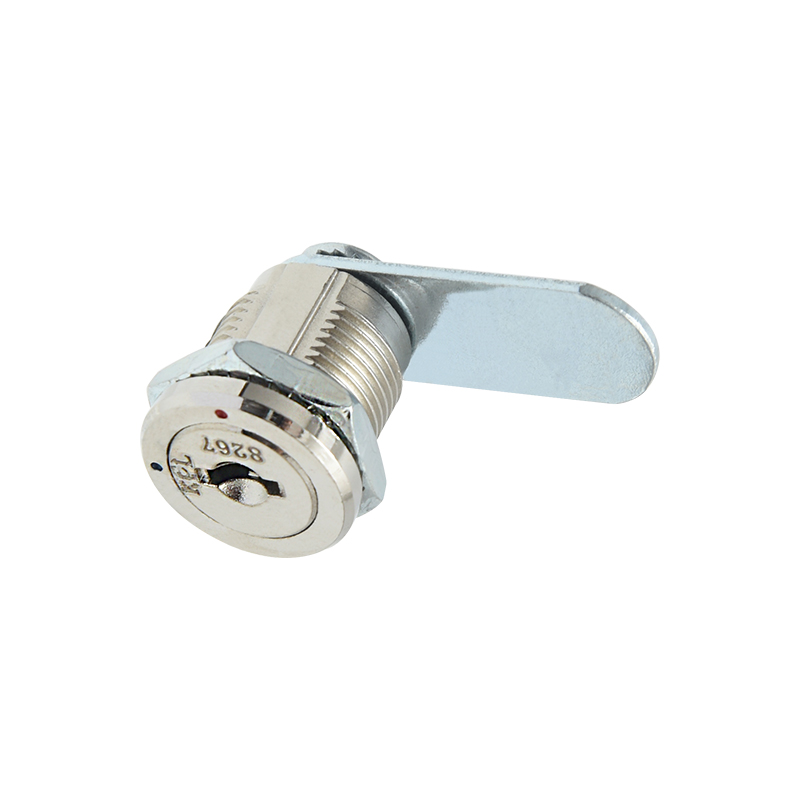Regular Cleaning: Regular cleaning of interchangeable core locks is crucial to prevent the buildup of dust, dirt, and debris inside the keyway. Over time, these particles can accumulate and hinder the smooth insertion and operation of keys. Use a soft brush, such as a small paintbrush or a dedicated keyway cleaning brush, to gently remove any visible dirt and debris from the keyway. Alternatively, compressed air can be used to blow out dust particles from hard-to-reach areas within the lock mechanism. Avoid using liquid-based cleaners or WD-40, as they can leave residues that attract more dirt and potentially gum up the lock mechanism over time.
Lubrication: Lubrication is essential for maintaining the smooth operation and longevity of interchangeable core locks. Use a dry lubricant specifically designed for locks, such as powdered graphite or PTFE (Teflon) lubricant. These lubricants are non-sticky and dry, which helps to prevent attracting dirt and debris into the lock mechanism. To apply the lubricant, insert the nozzle or straw into the keyway and spray a small amount directly onto the key pins and springs inside the core. Alternatively, apply a small amount of powdered graphite directly into the keyway and onto the key itself. Insert and remove the key several times to distribute the lubricant evenly throughout the lock mechanism. Avoid over-lubricating, as excess lubricant can attract dust and dirt, potentially causing the lock to become sluggish or difficult to operate.
Key Inspection: Keys should be inspected regularly to identify signs of wear or damage that could affect their ability to operate the lock smoothly. Check each key for bent or broken teeth, which can cause the key to catch or jam inside the keyway. Worn keys should be replaced promptly to prevent further damage to the lock core or cylinder. If a key shows signs of wear, such as shiny spots or uneven edges, it may be indicative of excessive use and should be replaced with a new key cut to the original factory specifications.
Core Inspection: Periodically inspect the interchangeable core itself for signs of wear, corrosion, or mechanical issues that could affect its performance. Check the core for smooth operation when inserting and turning the key. If the core feels sticky or rough during operation, it may indicate the presence of dirt or debris inside the keyway or potential internal mechanical issues. In such cases, consider cleaning the core with a keyway brush and lubricating it with a dry lubricant to restore smooth operation. If the core continues to exhibit problems, such as difficulty in turning the key or inconsistent operation, it may be necessary to replace the core entirely to maintain the lock's reliability and security.
Tightening: Check all visible screws and components within the lock assembly for tightness and security. Loose screws can affect the lock's overall stability and compromise its security features. Use the appropriate tools, such as a screwdriver or Allen wrench, to gently tighten any loose screws without over-tightening, which can strip the screw threads or damage the lock assembly. Pay particular attention to screws securing the faceplate, strike plate, or lock cylinder housing, as these areas are critical to the lock's structural integrity and security. By maintaining proper screw tightness, you can help ensure the lock remains secure and functional over time.
B809-20 THREE-LEVEL MANAGEMENT LOCK



 English
English 中文简体
中文简体
















